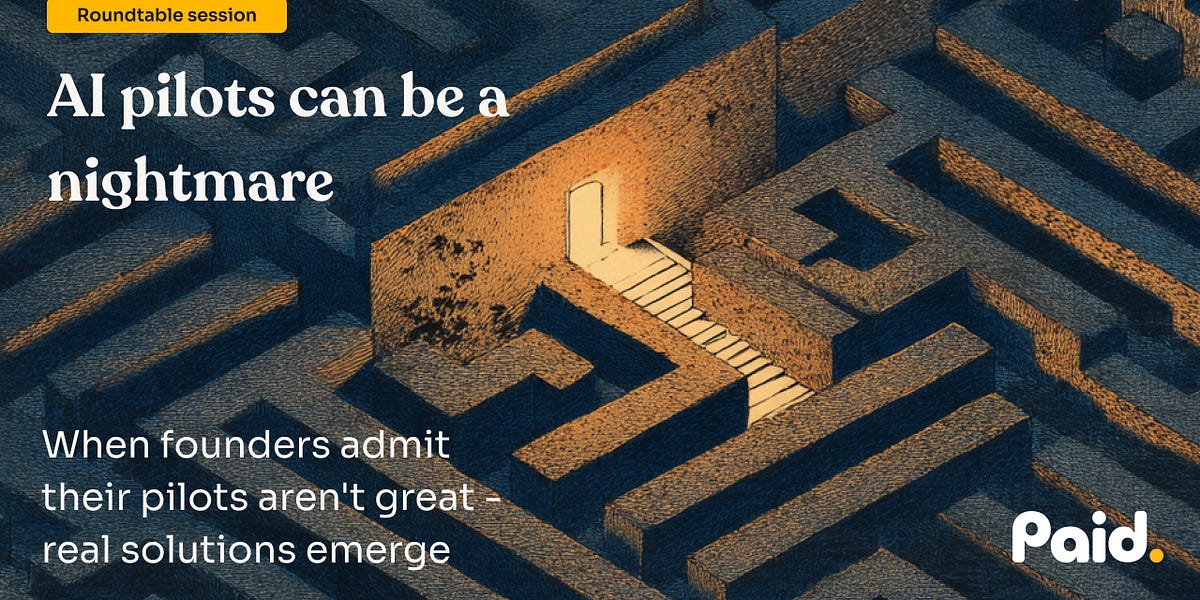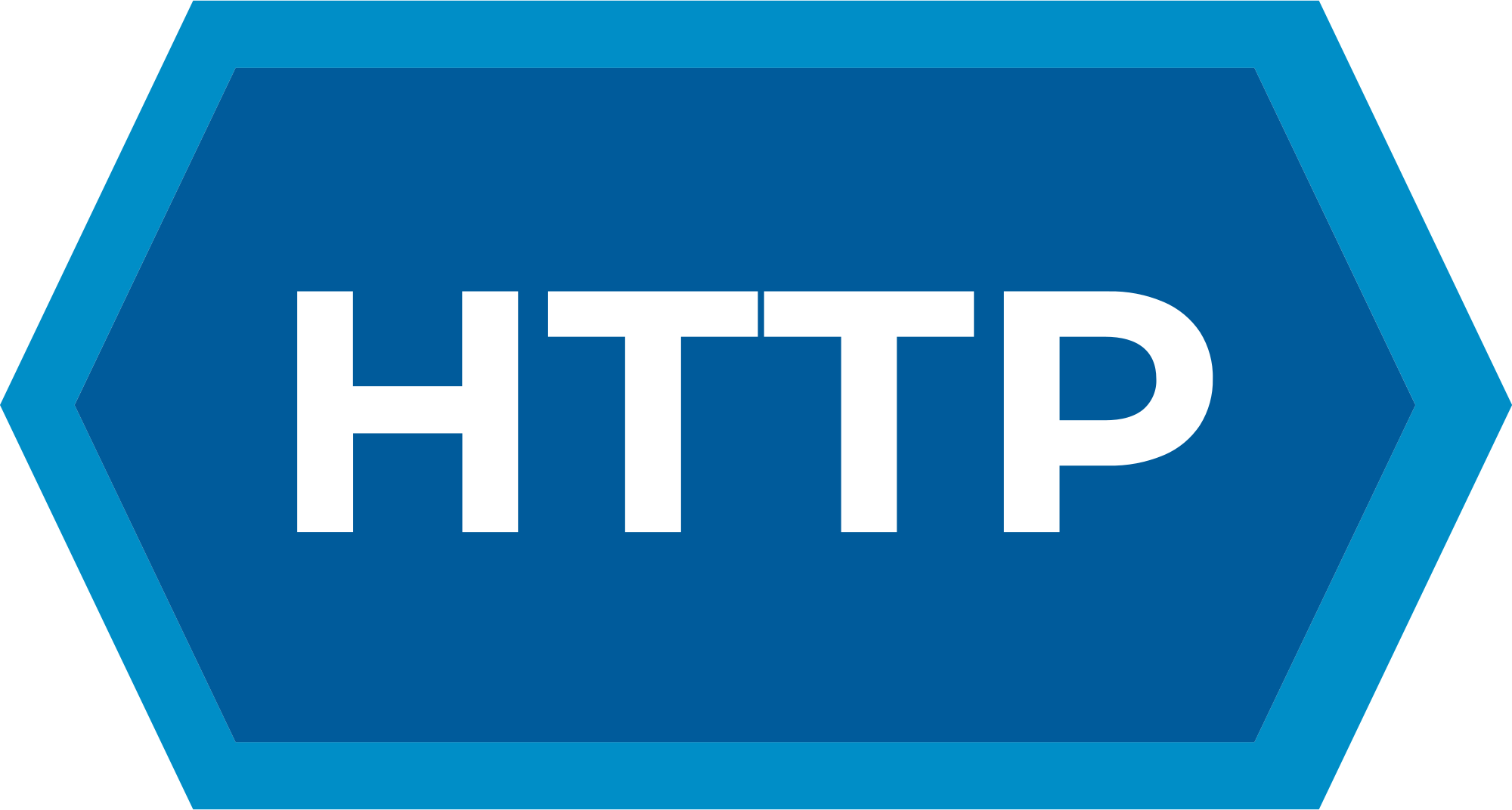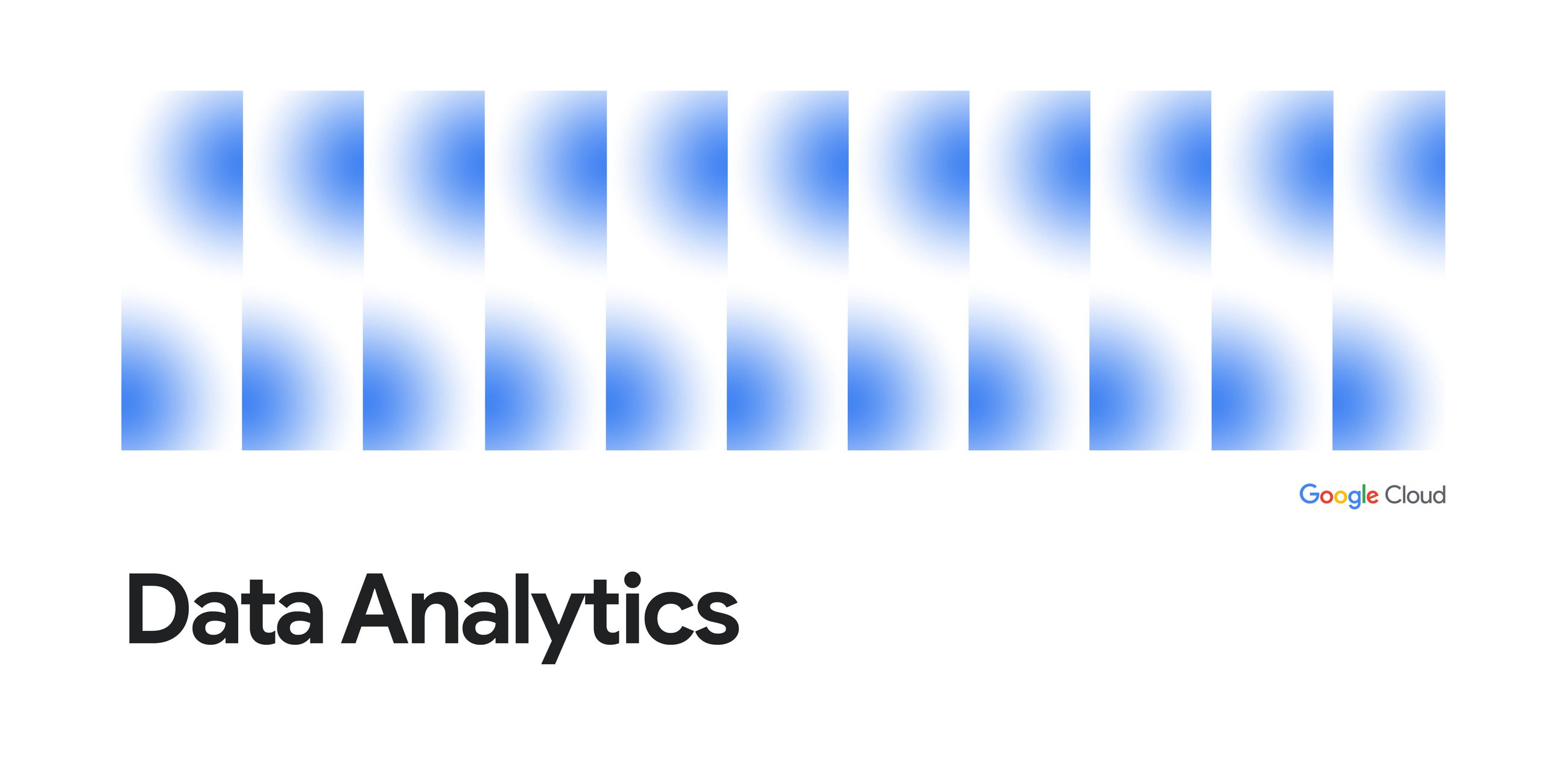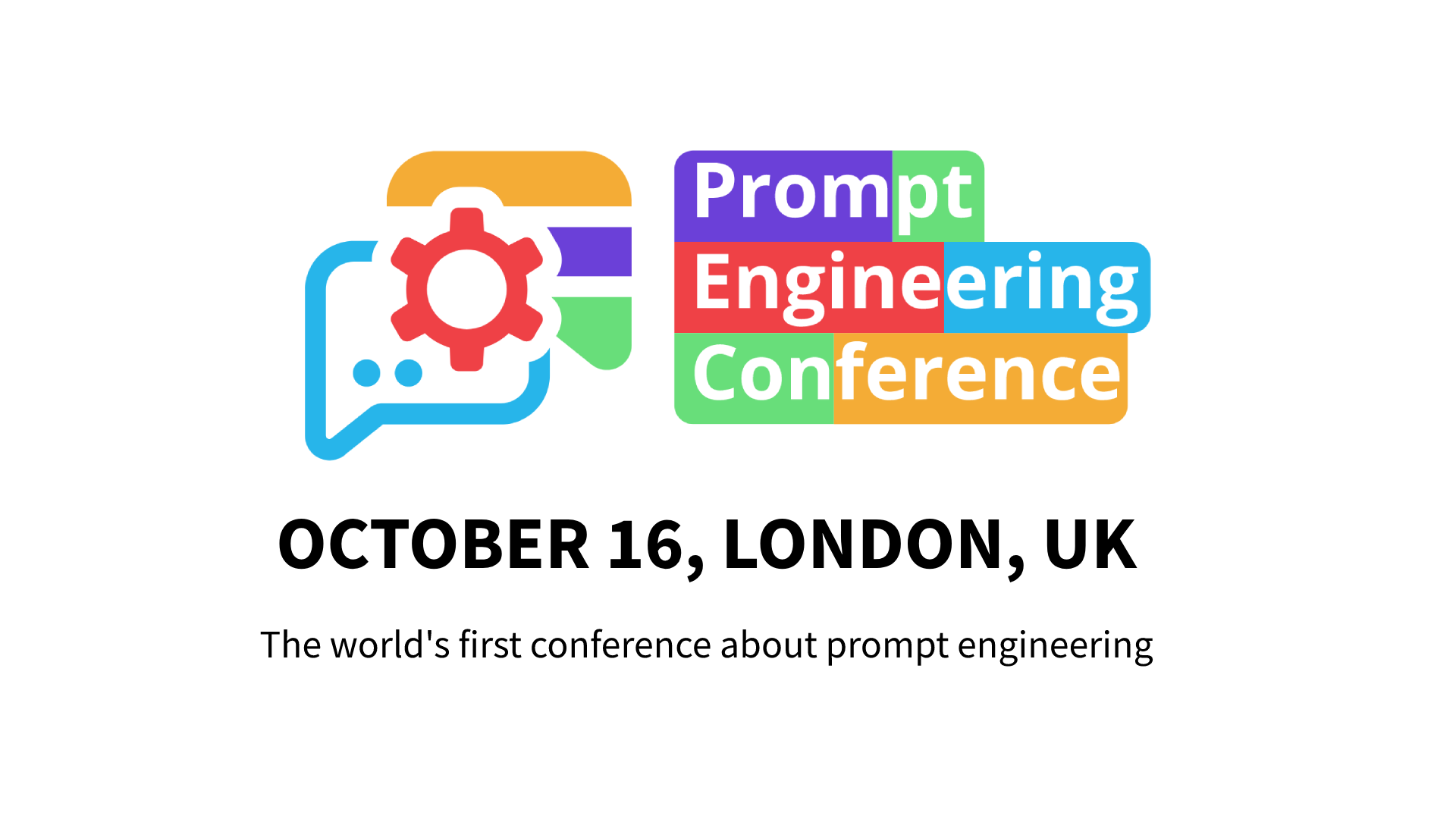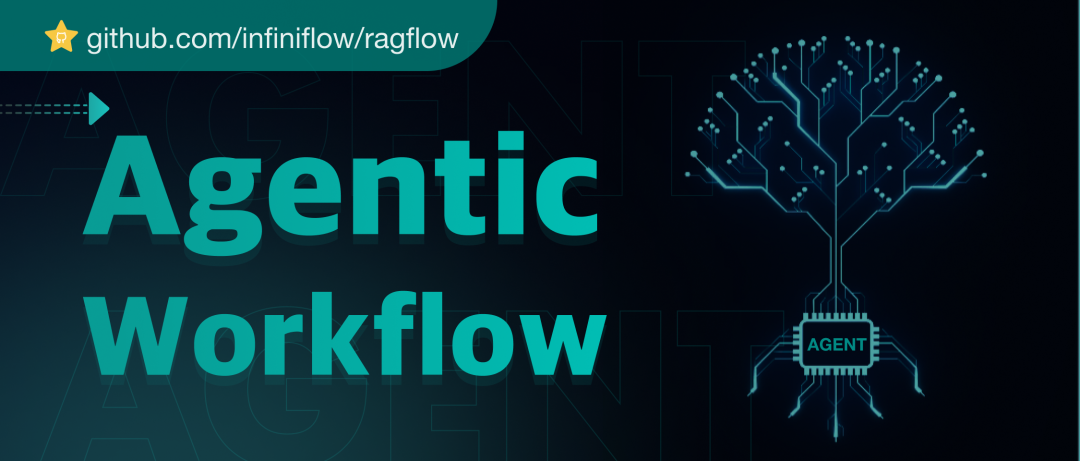
Agentic Workflow: What’s inside RAGFlow v0.20.0
After a long wait, RAGFlow 0.20.0 has finally been released — a milestone update that completes the bigger picture of RAG/Agent. A year ago, RAGFlow introduced Agent functionality, but it only supported manually managed Workflows and lacked Agentic Workflow capabilities. By RAGFlow’s definition, a true Agent requires both: Workflows for human-defined tasks and Agentic Workflows powered by LLM-driven automation. Anthropic’s 2024 article “Building Effective Agents” emphasized this distinction, noting that Workflows continue to be the primary way Agents are used. Now, in 2025, as LLMs become more advanced, Agentic Workflows are enabling more impressive use cases.
Ideally, fully LLM-driven Agentic Workflows are the ultimate goal for most Agent applications. However, due to current limitations of LLMs, they introduce unpredictability and a lack of control — issues that are especially problematic in enterprise settings. On the other hand, traditional Workflows take the opposite approach: using low-code platforms where every variable, condition, and loop is explicitly defined. This allows non-technical business users to effectively “program” based on their understanding of the logic. While this ensures predictability, it often leads to overly complex, tangled workflows that are hard to maintain and prone to misuse. More importantly, it makes it difficult to properly break down and manage tasks. Therefore, the long-term solution requires both Agentic and manual Workflows working together in harmony. Only this unified approach can truly meet the demands of enterprise-level Agents.
With full Agent capabilities now in place, RAGFlow has become a more enterprise-ready, platform-level LLM engine. In the enterprise ecosystem, RAG occupies a role similar to traditional databases, while Agents serve as the specific applications — yet there are important differences. First, RAG focuses on leveraging unstructured data rather than structured datasets. Second, the interaction between RAG and Agents is much more frequent and intensive compared to typical application-database relationships because Agents need real-time, precise context to ensure their actions align closely with user intent. RAG plays a vital role in providing this context. For these reasons, completing the Agent capabilities is key to RAGFlow’s evolution.






